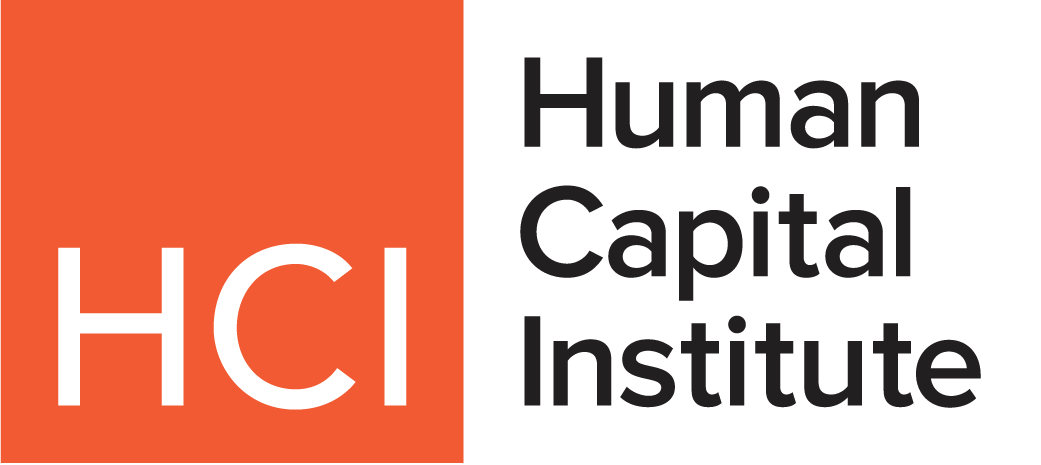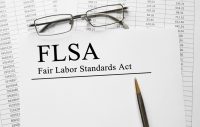Building Trust in a Remote World
Over the past few months, one phrase has come up over and over again in seemingly all of my conversations: “leadership trust.” Companies are realizing that building and maintaining the bond between leaders and their employees is especially important right now with large swaths of their employee base working remotely.













